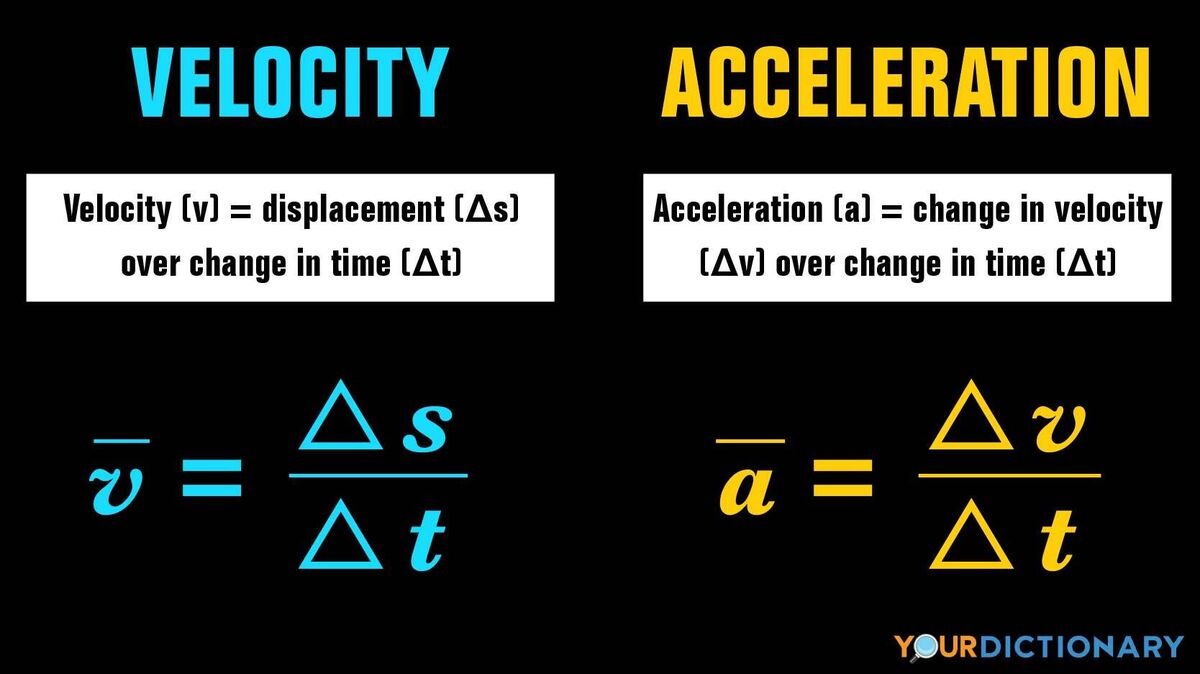Understanding Velocity and Acceleration in Physics
Velocity and acceleration are two fundamental concepts in physics that describe the motion of objects. These concepts are essential in understanding how things move and change in the physical world.
Velocity refers to the rate of change of an object's position with respect to time. It is a vector quantity, meaning it has both magnitude and direction. The formula for calculating velocity is:
velocity = displacement/time
where displacement is the change in position and time is the duration of that change. Velocity is measured in units of distance per unit of time, such as meters per second (m/s) or miles per hour (mph).
Acceleration, on the other hand, refers to the rate of change of an object's velocity with respect to time. It is also a vector quantity and is given by the formula:
acceleration = change in velocity/time
where a change in velocity is the difference between the final and initial velocities of the object. Acceleration is measured in units of distance per unit of time squared, such as meters per second squared (m/s^2) or feet per second squared (ft/s^2).
Acceleration can be either positive or negative, depending on whether the object is speeding up or slowing down. For example, a car accelerating from rest to a certain speed has a positive acceleration, while a car braking to come to a stop has a negative acceleration.
One important concept related to velocity and acceleration is the concept of uniform acceleration, where an object experiences constant acceleration over a certain period of time. In this case, the formulas for calculating velocity and acceleration become:
velocity = initial velocity + acceleration x time
and
acceleration = (final velocity - initial velocity) / time
Understanding velocity and acceleration is crucial in many areas of physics, such as mechanics, electromagnetism, and thermodynamics. By studying these concepts, we can better understand how the physical world works and develop technologies that make our lives easier and more efficient.
